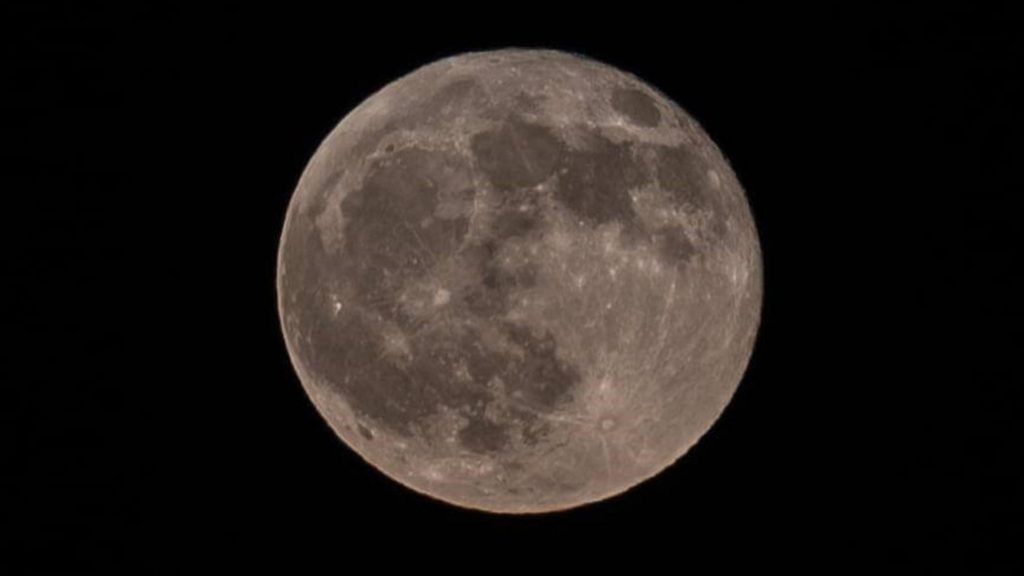The Rare Super Blue Moon of August 30th: A Celestial Spectacle

The night sky has always been a source of wonder and amazement for humanity. Every once in a while, it graces us with a celestial event that captures our imagination and reminds us of the vastness of the universe. On August 30th, we are set to witness one such event: a rare super blue moon.
What is a Super Blue Moon?
The term might sound like something out of a fairy tale, but its origins are rooted in astronomy. A blue moon is not, as one might think, a moon that glows blue. Instead, it refers to the occurrence of a second full moon within a single calendar month. The month of August has been particularly special because it began with a supermoon and will conclude with another, which also happens to be a blue moon.
The Supermoon Phenomenon
Supermoons are not just your average full moons. They are brighter, appearing about 16% more luminous than a typical full moon. Moreover, they seem larger in the sky. To put it in perspective, NASA likens the size difference to that between a quarter and a nickel. This phenomenon happens when the moon is at its closest point to Earth in its orbit, coinciding with its full phase.
August’s first full moon, which rose on the 1st, was the second in a series of four consecutive supermoons. The upcoming supermoon on August 30th promises to be even closer and more spectacular than its predecessor at the beginning of the month. And for those marking their calendars, the last of this year’s supermoon quartet will be the “Harvest Moon” on September 28th.
A Rare Occurrence
While supermoons are relatively common, with about 25% of full moons qualifying as such, blue moons are a rarer sight. Only 3% of full moons are blue moons. If you miss the super blue moon on August 30th, you’ll have to be patient. The next blue moon won’t grace our skies until May 2026. However, the year 2037 promises to be a bonanza for moon enthusiasts, with super blue moons in both January and March.
A Glimpse into History and Naming
Earlier this August, the night sky was illuminated by the ‘Super Sturgeon Moon.’ This intriguing name is derived from the abundance of sturgeon, a type of fish, in the Great Lakes during this period.
It’s worth noting that having two supermoons in a single month is a rare treat. The last time we were privy to such a spectacle was in 2018.